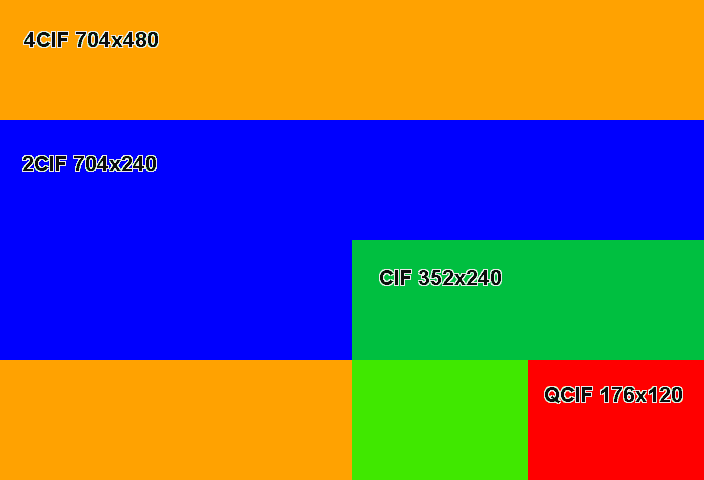Analog TV and Digital Video Resolution Guide
In analog video the image consists of television lines, and in digital the picture is made up of picture elements otherwise known as pixels. In North America and Japan, the NTSC standard (National Television System Committee) is the predominant analog video standard, while in Europe the PAL standard (Phase Alternation by Line) is used. NTSC has a resolution of 480 lines, and uses a refresh rate of 60 interlaced fields per second (or 30 full frames per second).
When analog video is digitized, the maximum amount of pixels that can be created is based on the number of TV lines available to be digitized. In NTSC the maximum size of the digitized image is 720x480 pixels.
- 720x480 pixels max for NTSC
- 2CIF resolution = 704x240 (NTSC)
2CIF works by dividing the number of horizontal lines by 2. To compensate for motion blur, each horizontal line is shown twice, a practice known as line doubling.
